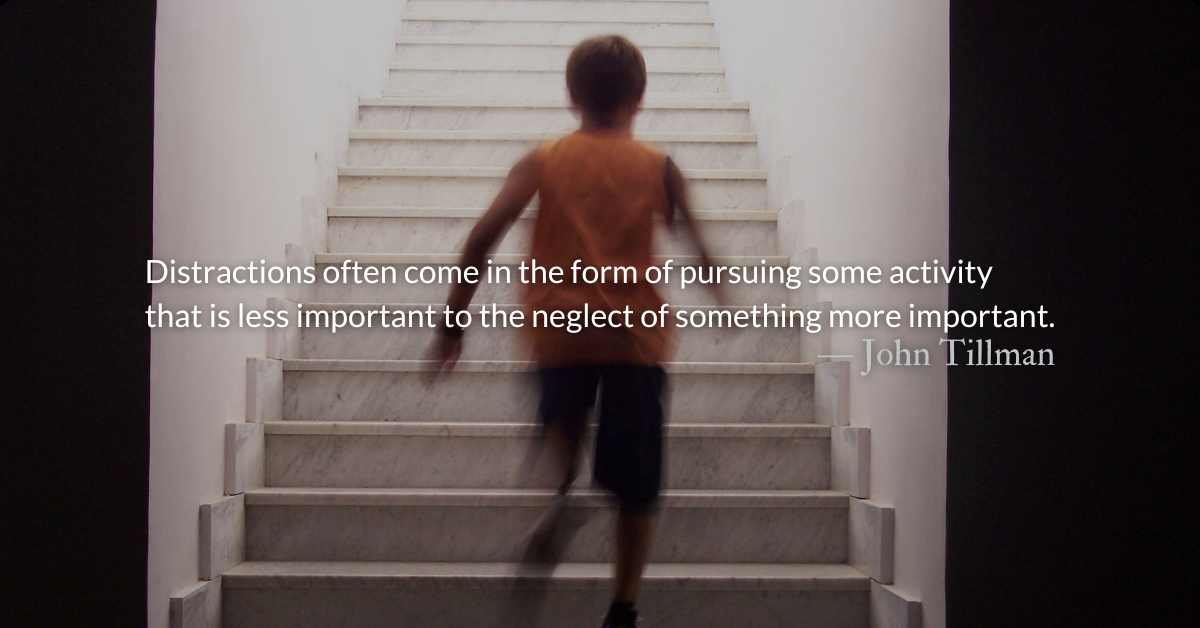Scripture Focus: John 8.52-59
52 At this they exclaimed, “Now we know that you are demon-possessed! Abraham died and so did the prophets, yet you say that whoever obeys your word will never taste death. 53 Are you greater than our father Abraham? He died, and so did the prophets. Who do you think you are?”
54 Jesus replied, “If I glorify myself, my glory means nothing. My Father, whom you claim as your God, is the one who glorifies me. 55 Though you do not know him, I know him. If I said I did not, I would be a liar like you, but I do know him and obey his word. 56 Your father Abraham rejoiced at the thought of seeing my day; he saw it and was glad.”
57 “You are not yet fifty years old,” they said to him, “and you have seen Abraham!”
58 “Very truly I tell you,” Jesus answered, “before Abraham was born, I am!” 59 At this, they picked up stones to stone him, but Jesus hid himself, slipping away from the temple grounds.
John 20.3-9
3 So Peter and the other disciple started for the tomb. 4 Both were running, but the other disciple outran Peter and reached the tomb first. 5 He bent over and looked in at the strips of linen lying there but did not go in. 6 Then Simon Peter came along behind him and went straight into the tomb. He saw the strips of linen lying there, 7 as well as the cloth that had been wrapped around Jesus’ head. The cloth was still lying in its place, separate from the linen. 8 Finally the other disciple, who had reached the tomb first, also went inside. He saw and believed. 9 (They still did not understand from Scripture that Jesus had to rise from the dead.)
From John: We are closing out this Easter week by looking back at two significant post-resurrection appearances of Jesus. One can’t read John’s gospel and come away thinking, “Jesus was a nice moral teacher. Too bad he died.” The passage from John 8 emphasizes that. John highlights claims that would make Jesus a lunatic or a liar specifically to encourage us to call him Lord. John also emphasizes that people can, do, and will believe in Jesus without seeing him.
Reflection: First to Believe Without Seeing—Resurrection Appearances
By John Tillman
Another “first” to note in the resurrection appearances of Jesus, is the first person to believe that Jesus was resurrected without seeing him.
After appearing first to the women and specifically to Mary Magdalene, Jesus appears to Peter, to Cleopas and an unnamed disciple on the Emmaus road, then he appears to some of the gathered disciples, and then again to the group of disciples when Thomas joins them. As far as we know, John did not see Jesus in the flesh until the first appearance of Jesus to the gathered disciples in the upper room.
John is the disciple who seemed closer to Jesus than any other. He is the one they sent to Jesus to ask questions they were afraid to ask. (John 13.22-24) He was the one who, along with his brother, James, expected to be closest to Jesus in his kingdom. (Mark 10.35-37) This was the disciple who wrote most passionately and poetically about the life and divinity of Jesus. (John 1.1-14) It was John who remembered and recorded the longest, most intimate and meaningful discourses of Jesus’ teaching, his struggles, and his demonstrations of love to the disciples. This disciple—the disciple whom Jesus loved—is one of the last to see him alive?
Perhaps this was because he did not need to see to believe. John reports that he believed after seeing the empty tomb with its well-folded graveclothes, but before seeing Jesus alive.
As Paul writes to Timothy, and to the Corinthian church (1 Corinthians 15.3-8), Jesus did indeed appear “in the flesh,” not just to a few, but to many. This was an important distinction to dispel ideas about a “ghostly” Jesus and to dispute gnostic accounts that never believed Jesus had a physical body to begin with.
John leads the way for us, being the first to believe without seeing. As Jesus tells Thomas, “Blessed are those who have not seen and yet have believed..” (John 20.29)
There are real and tangible reasons and evidence to lead us toward belief—for John, the condition of the empty tomb or for us, the testimony of the early eyewitnesses—but the final line of belief can only be stepped over in faith.
*For information on the historical evidence of the consistency and reliability of the gospel message, see this video from scholar, Gary Habermas — 1:20
Divine Hours Prayer: A Reading
He was still speaking to the crowds when suddenly his mother and his brothers were standing outside and were anxious to have a word with him. But to the man who told him this Jesus replied, “Who is my mother? Who are my brothers? Anyone who does the will of my Father in heaven is my brother and sister and mother.” — Matthew 12.46-50
Today’s Readings
Amos 6 (Listen – 2:13)
John 8 (Listen – 7:33)
This Weekend’s Readings
Amos 7 (Listen – 2:45), John 9 (Listen – 4:56)
Amos 8 (Listen – 2:16), John 10 (Listen – 4:44)
Read more about Ladies First—Resurrection Appearances
“Firsts” are important in the scriptures. So we cannot imagine that it is a coincidence or a mistake that Jesus appears first to the women.
Read more about No Sigh Big Enough
Jesus often may not give us “signs” we might expect. There’s no sign big enough to ensure faith.







